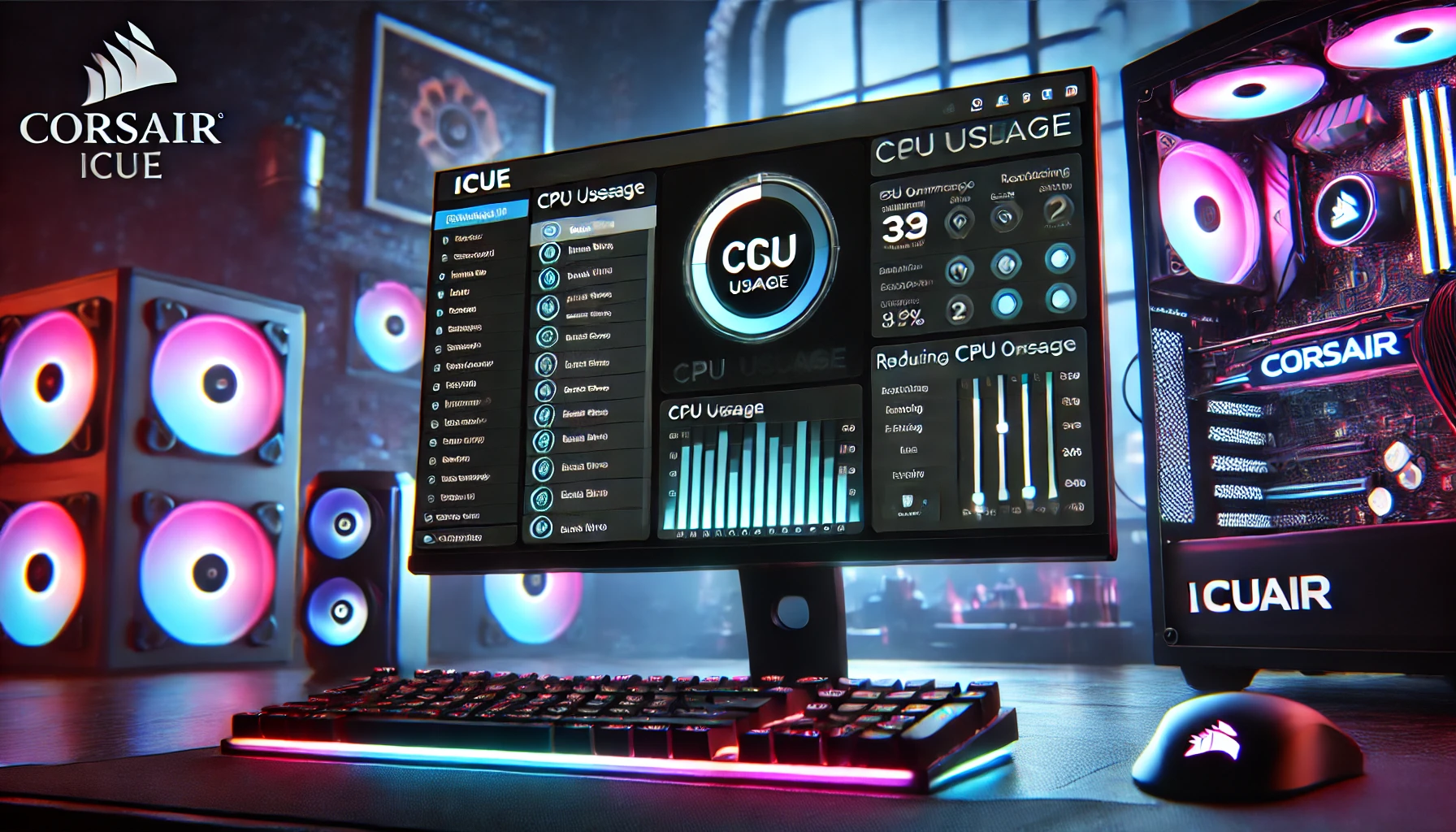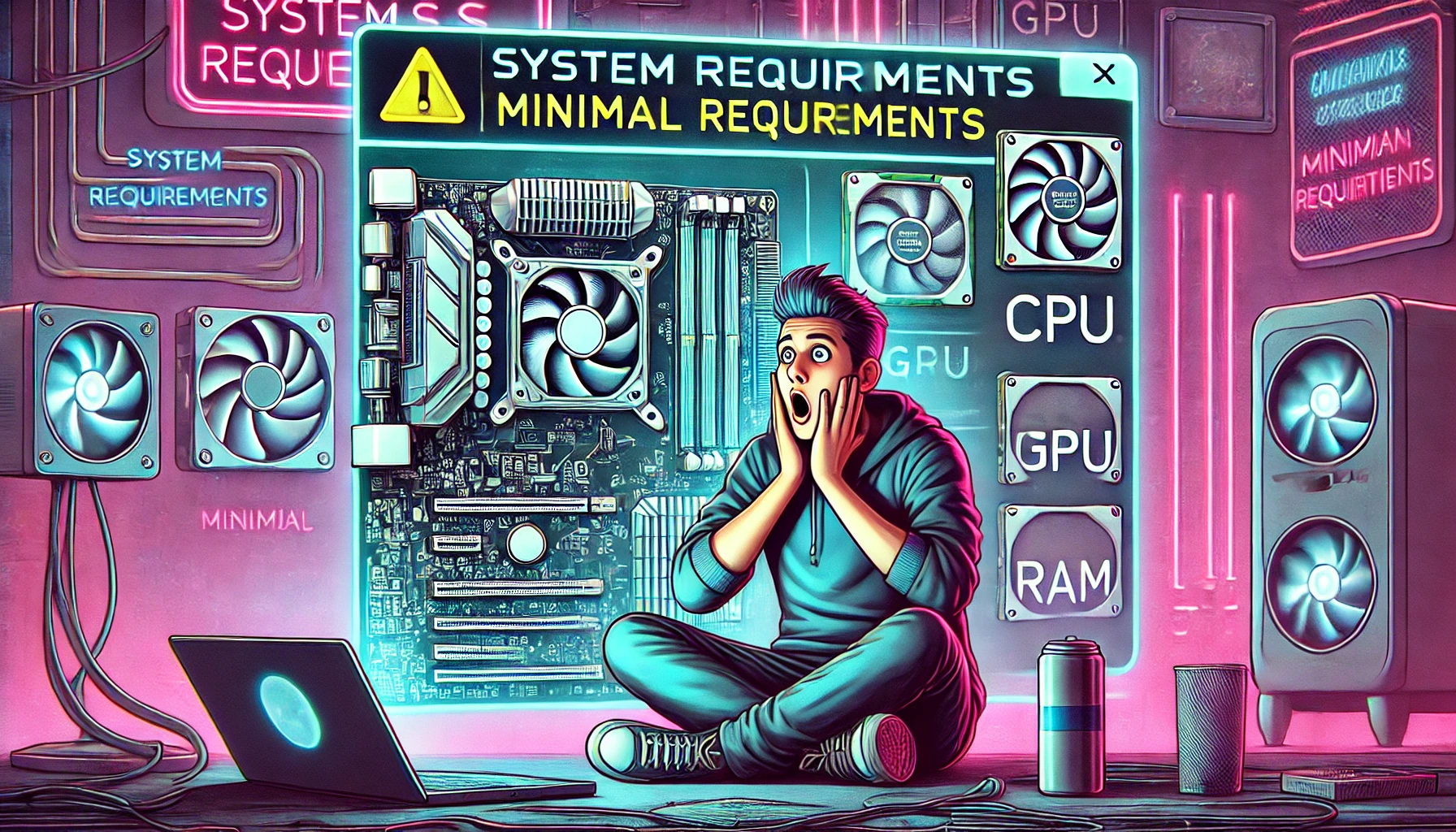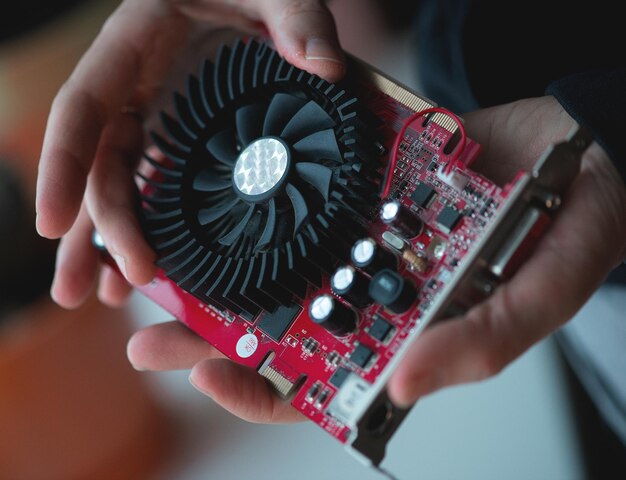Introduction
Are you struggling how to stop icue high cpu usage caused by Corsair’s iCUE software? You’re not alone. Many users have reported that iCUE consumes excessive system resources, leading to sluggish performance and even overheating issues.
Since iCUE is essential for managing Corsair peripherals like RGB lighting and fan speeds, optimizing its performance without losing functionality is crucial. In this guide, we’ll explore why iCUE uses high CPU and how you can fix it effectively.
how to stop icue high cpu usage?
Before jumping to the solutions, let’s understand what causes iCUE to consume excessive CPU resources:
- Background Processes: iCUE continuously runs in the background to control lighting, fan speeds, and device settings.
- Outdated Software: Older versions of iCUE may have bugs or memory leaks that increase CPU usage.
- Conflicting Applications: Other RGB or system monitoring software can interfere with iCUE’s processes.
- Frequent Sensor Polling: iCUE frequently monitors system temperatures and fan speeds, putting extra load on the CPU.
- Corrupt Installation Files: A faulty installation can lead to high resource consumption.
- High Logging Activity: Debugging and logging processes may increase CPU usage unnecessarily.
Now that we know the possible causes, let’s look at solutions to reduce iCUE’s CPU load.

How to Reduce iCUE’s CPU Usage
1. Update iCUE to the Latest Version
Running an outdated version of iCUE can cause high CPU usage due to bugs or inefficient resource management. Updating to the latest version can fix these issues.
Steps:
- Open iCUE.
- Navigate to Settings and check for updates.
- If an update is available, download and install it.
- Restart your PC and monitor CPU usage.
2. Disable Unnecessary Features
Some background services and features in iCUE may not be necessary for your setup. Disabling them can significantly reduce CPU usage.
Steps:
- Open iCUE and go to Settings.
- Look for Background Services and disable any unnecessary ones.
- Turn off Sensors and Logging unless they are essential.
3. Adjust Sensor Polling Rate
Frequent hardware polling increases CPU usage. Reducing the polling rate can lower the load on your system.
Steps:
- Open iCUE and go to Settings.
- Locate Sensor Polling Rate.
- Reduce the polling frequency (e.g., change from 1 second to 5 seconds).
4. Disable Unused Plugins
If iCUE integrates with third-party applications you don’t use, disabling them can free up CPU resources.
Steps:
- Open iCUE.
- Navigate to Settings > Plugins.
- Disable any unused plugins.
- Restart iCUE and check CPU usage.
5. Reinstall iCUE
If a corrupt installation is causing high CPU usage, reinstalling iCUE can resolve the issue.
Steps:
- Open Control Panel > Uninstall a Program.
- Find Corsair iCUE and uninstall it.
- Restart your PC.
- Download and install the latest version of iCUE from Corsair’s official website.
- Monitor CPU usage after installation.
6. Set iCUE to Low Priority
Lowering iCUE’s priority in Task Manager ensures that it doesn’t take up too many system resources.
Steps:
- Open Task Manager (Ctrl + Shift + Esc).
- Navigate to the Processes tab.
- Find iCUE.exe, right-click, and select Set Priority.
- Choose Low or Below Normal.
- Restart iCUE and monitor CPU usage.
7. Disable iCUE on Startup
If you don’t need iCUE running all the time, disabling it on startup can reduce CPU usage.
Steps:
- Open Task Manager (Ctrl + Shift + Esc).
- Go to the Startup tab.
- Find iCUE, right-click, and select Disable.
8. Check for Software Conflicts
Other RGB or system monitoring applications may conflict with iCUE, causing high CPU usage.
Steps:
- Close other RGB or fan control software (e.g., MSI Afterburner, Aura Sync).
- Check if CPU usage decreases.
- If the issue persists, consider uninstalling conflicting software.
9. Reduce RGB Effects
RGB lighting requires processing power, and reducing its complexity can lower CPU usage.
Steps:
- Open iCUE and go to Lighting.
- Switch to a Static Color instead of dynamic effects.
- Apply changes and monitor CPU usage.
FAQs
1. Why is iCUE using so much CPU?
iCUE may have high CPU usage due to frequent sensor polling, background services, logging, or conflicts with other software.
2. Will reinstalling iCUE fix high CPU usage?
Yes, reinstalling iCUE can resolve issues caused by corrupt files or improper settings.
3. Can I stop iCUE from running in the background?
Yes, you can disable iCUE from startup and manually launch it when needed.
4. Does RGB lighting increase CPU usage?
Yes, complex lighting effects require processing power. Reducing RGB animations can lower CPU usage.
5. What is the best alternative to iCUE?
Alternatives like OpenRGB or SignalRGB can replace iCUE, but they may not fully support Corsair devices.
Conclusion
High CPU usage from iCUE can slow down your system, but with the right adjustments, you can significantly reduce its impact. Updating iCUE, disabling unnecessary features, adjusting sensor polling rates, and reinstalling the software are effective ways to lower CPU usage.
By following these steps, you can continue using iCUE while maintaining optimal system performance. Whether you’re a gamer, content creator, or everyday user, these solutions will help you enjoy smooth performance without excessive CPU strain.




